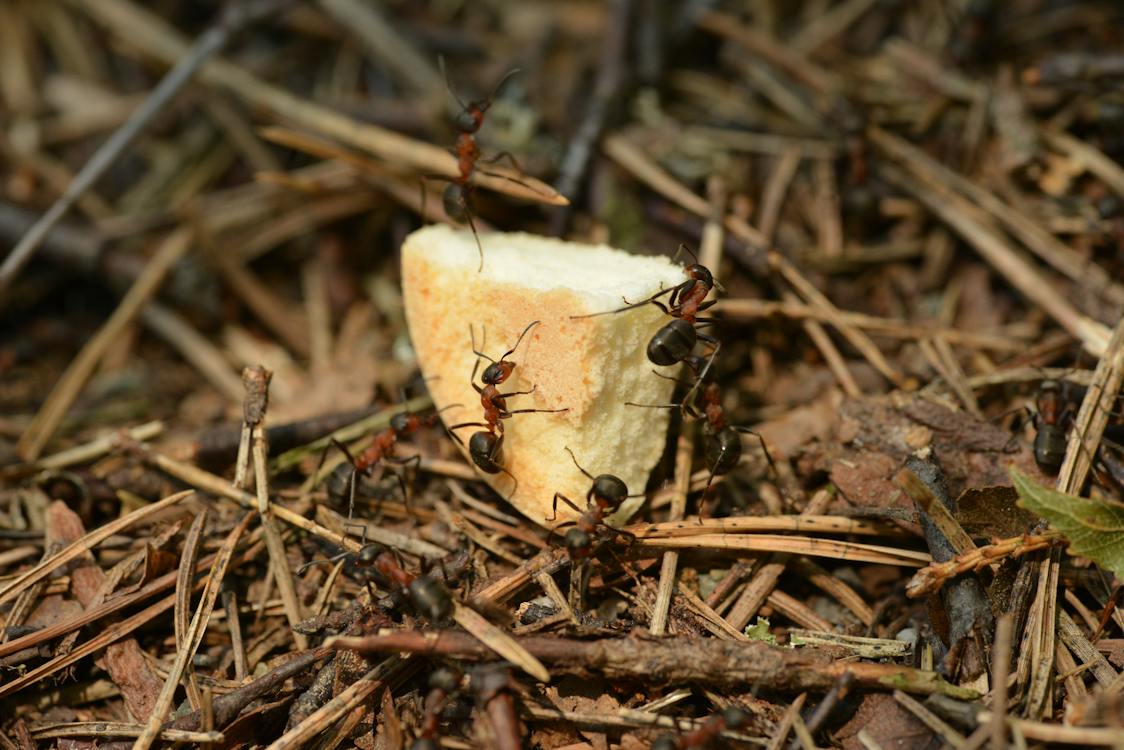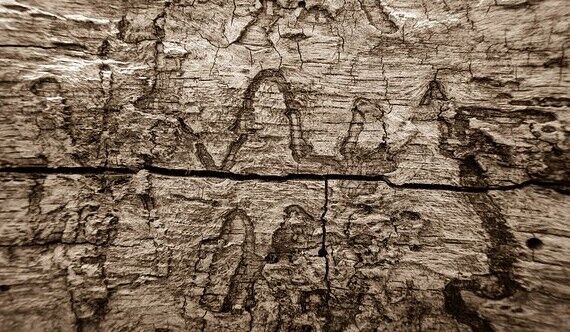Termites aren’t your usual pests; along with being annoying, they can literally eat you out of house and home. If they’re left to spread, these creatures can destroy the door frames, books, window frames, and even the foundations of your house or building.
You can protect your precious home from pests of all kinds, but it’s especially important to keep an eye out for any signs of termites. If you hear of any termite infestation in your neighborhood, that’s also a good time to conduct an especially thorough search. With regular checks all year round, you’d hopefully be able to limit and prevent the damage that termites can cause to a house. Here are just a few signs you should be watching out for:
Hearing Sounds
Termites do make certain sounds, so you might want to be on the alert for those. Soldier termites are known to bang their heads on wood or even shake their body in case of any disturbance. This is for signaling to the other termites (usually a danger warning), but we can also use it as a sign for taking immediate action.
In addition to this head banging, there are the eating noises of the worker termites. These are the ones who do the actual damage. Place your ear near any termite-infested area, and you’d be able to hear the tiny munching voices.
Seeing Flying Termites
When you see flying termites around the place, it’s a surefire sign that there’s a termite infestation somewhere nearby. These flying creatures are called alates orswarmers. Basically, they’re young females and males who have not yet reproduced. They’ve recently left their nests and are looking to mate and establish their own colonies. If any of these gets into your woodwork, there’d be a lot of hassle before long. The male and female will box themselves up and produce a lot of offspring, making a new colony to infest your home.
Be especially alert after its rains and during the rainy season in general. Some termite species might only swarm during the day, while others swarm during the night. However, most drywood termite species will swarm right after the rain at certain times during the year.
Along with flying termites, you may also notice their discarded wings. Once termites find a mate, they pull off their wings. They don’t require these wings anymore; their sole purpose was to get the termite a chance to reproduce. After the rain, keep a close eye on the debris that you sweep out of or vacuum up around the house.
Blisters in Wood
Even if you’ve got the best wood for your dining table, a few blisters on its surface could be a sign of termite damage. If you have subterranean termites, these can damage your subfloor and make the wood look like it’s wearing away from water damage.
Noticing Hollow Wood
If you have wooden flooring, walls, or any other surface, knock on them periodically as part of your regular termite checkup. This will reveal whether a once-solid place is becoming hollow. The more termites eat and tunnel their way through wood, the more hollow it becomes. The wood damage includes the long grooves that termites leave behind as they chew through the material looming for cellulose.
If neglected, the damaged wood might eventually face serious structural damage and even collapse in parts. If you cut that wood away or observe it after it falls down, you’d notice a honeycomb-like structure that produces the hollow effects.
Doors and Windows Fitting Tightly
If your doors and windows opened fairly easily before, a gradual stiffness in them might be a sign that you have termites. Warped doors and sticking windows may also be due to hot and damp weather. However, don’t rule out the termites explanation just yet.
When termites tunnel into a home’s structure, they cause warping in any wooden frame or surface. This is because they produce moisture as they burrow. The wrapping then makes it hard to open and close your doors and windows.
Tunnels in Nearby Wood
Termites create tunnels or galleries as they eat up the wood. When you’re inside the house, these hollowed-out areas might not become apparent unless you break through an affected area. This is why your termite check up routine should include going outside and seeing whether there’s any termite infestation nearby or not.
If some wooden structure or even a plank near your home has these termite tunnels, you can expect to find termites indoors as well. From there on, you can look around for certain kinds of technology that might help in detecting tunnels and termite activity. These include electronic odor detectors, sound detectors, infrared detectors, trained dogs, etc.
Termite Droppings
When there’s any pest roaming around your house, there are high chances that you’d see its droppings sooner or later. Termite waste is called frass, and is usually a sure sign that these creatures have invaded your home. Keep in mind that this is usually for cases of drywood termites, as subterranean termites used their waste for building their tunnels.
Drywood termites, which are the ones usually invading a home, leave their droppings outside their nest. These will look like tiny black marks. When disturbed, they can become a dark and powdery substance around the infested area.
Conclusion:
These unwanted guests might attack at the least expected moment, so we have to stay on our toes where termites are concerned. Along with the signs we’ve discussed above, there are also precautions to take. Selecting the best wood for outdoor furniture is one such step. With a decent quality of wood and the right treatments, we might be able to avoid termite infestations in the first place. Even if we do get one at some point, staying vigilant and regular checking will help us control the issue before it gets too far. Of course, calling in a professional is also a good idea.


